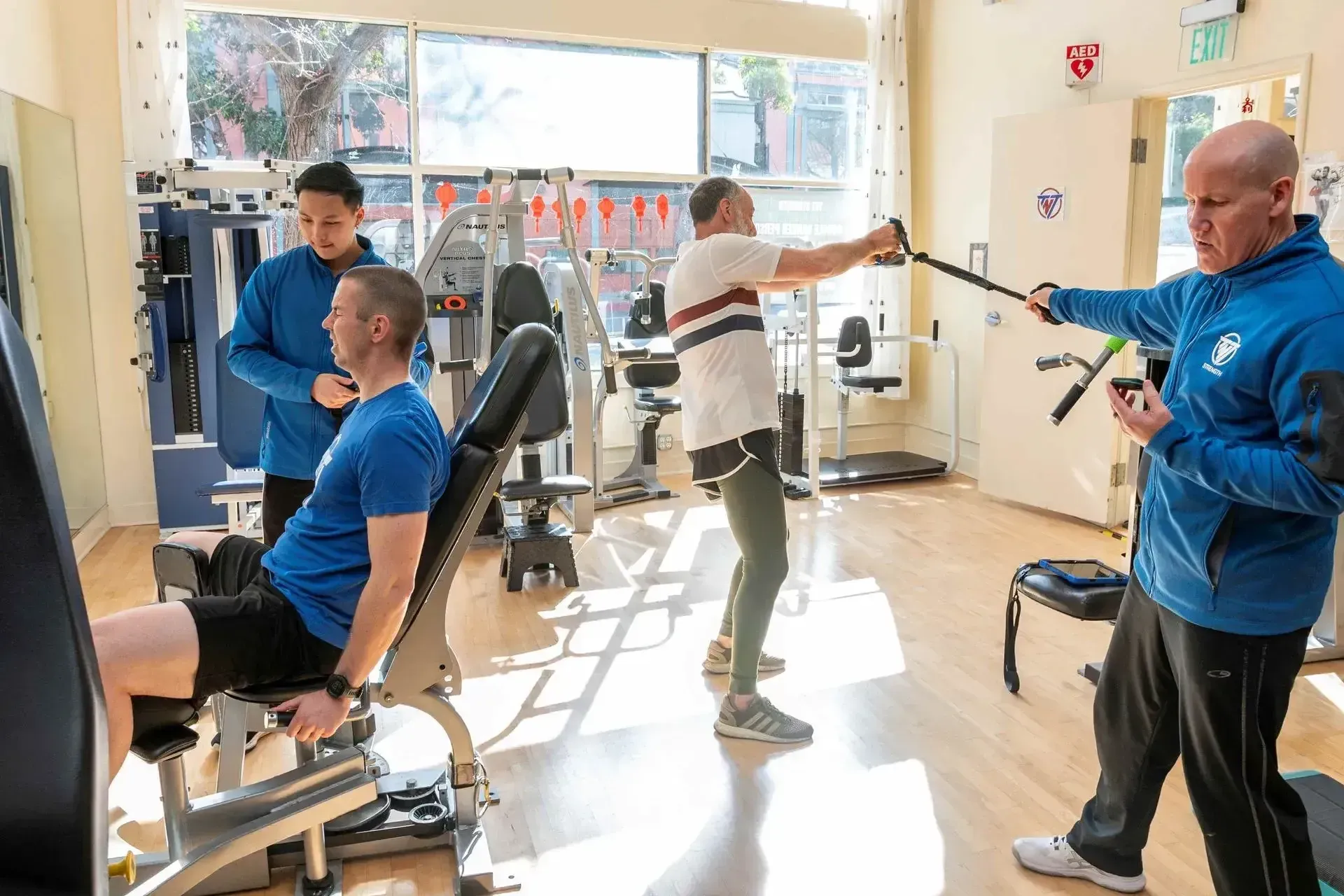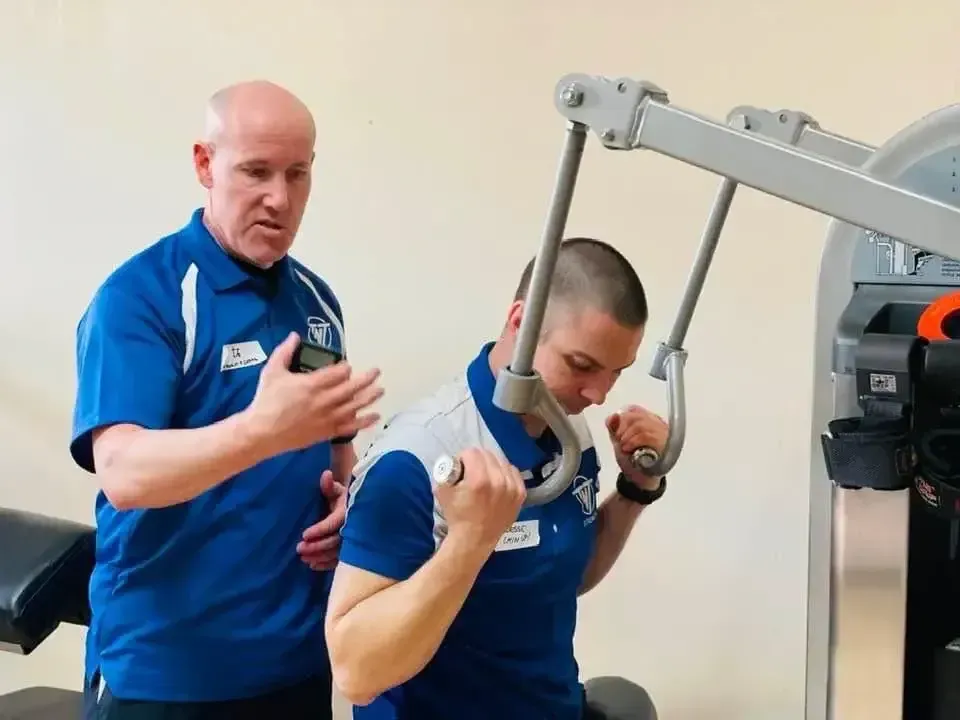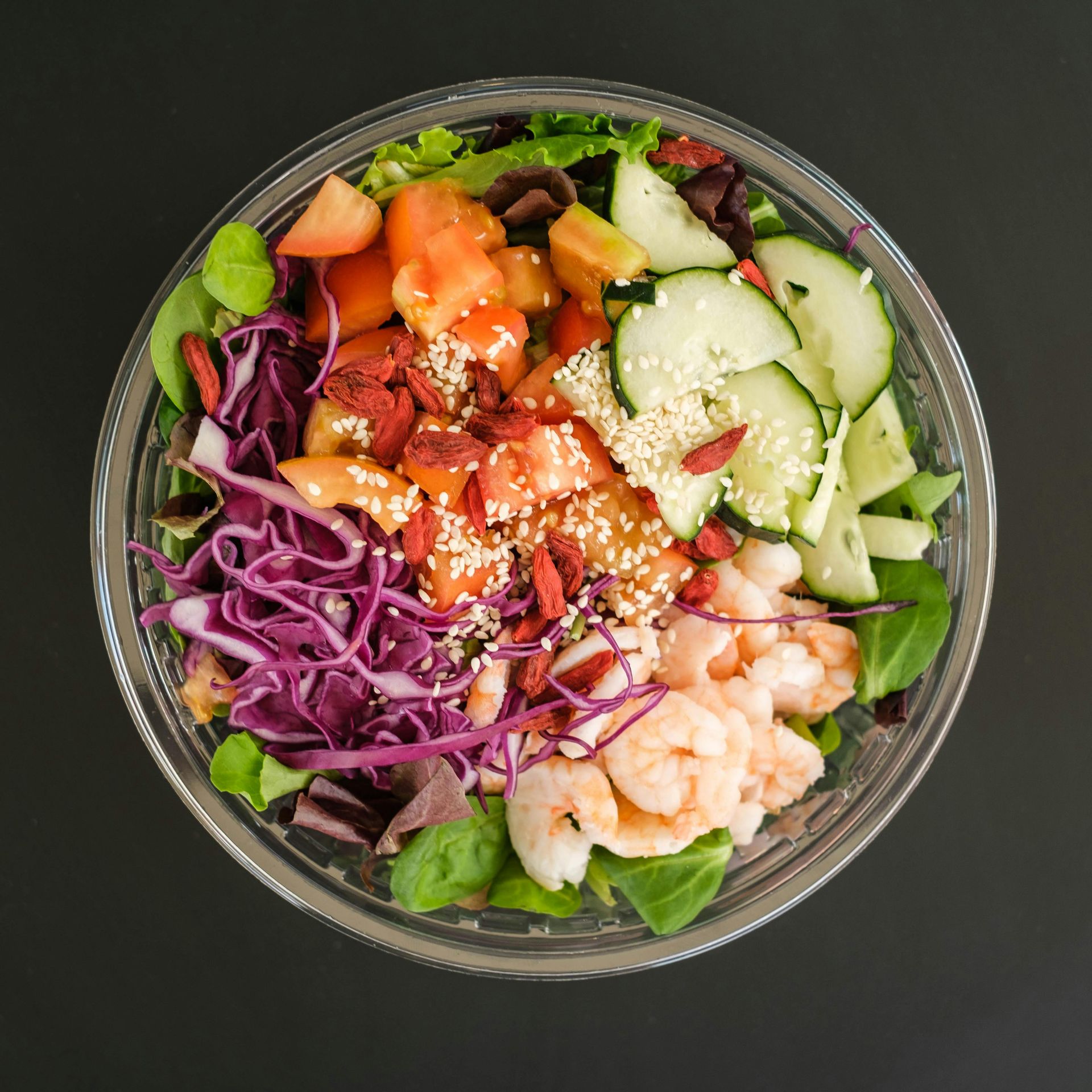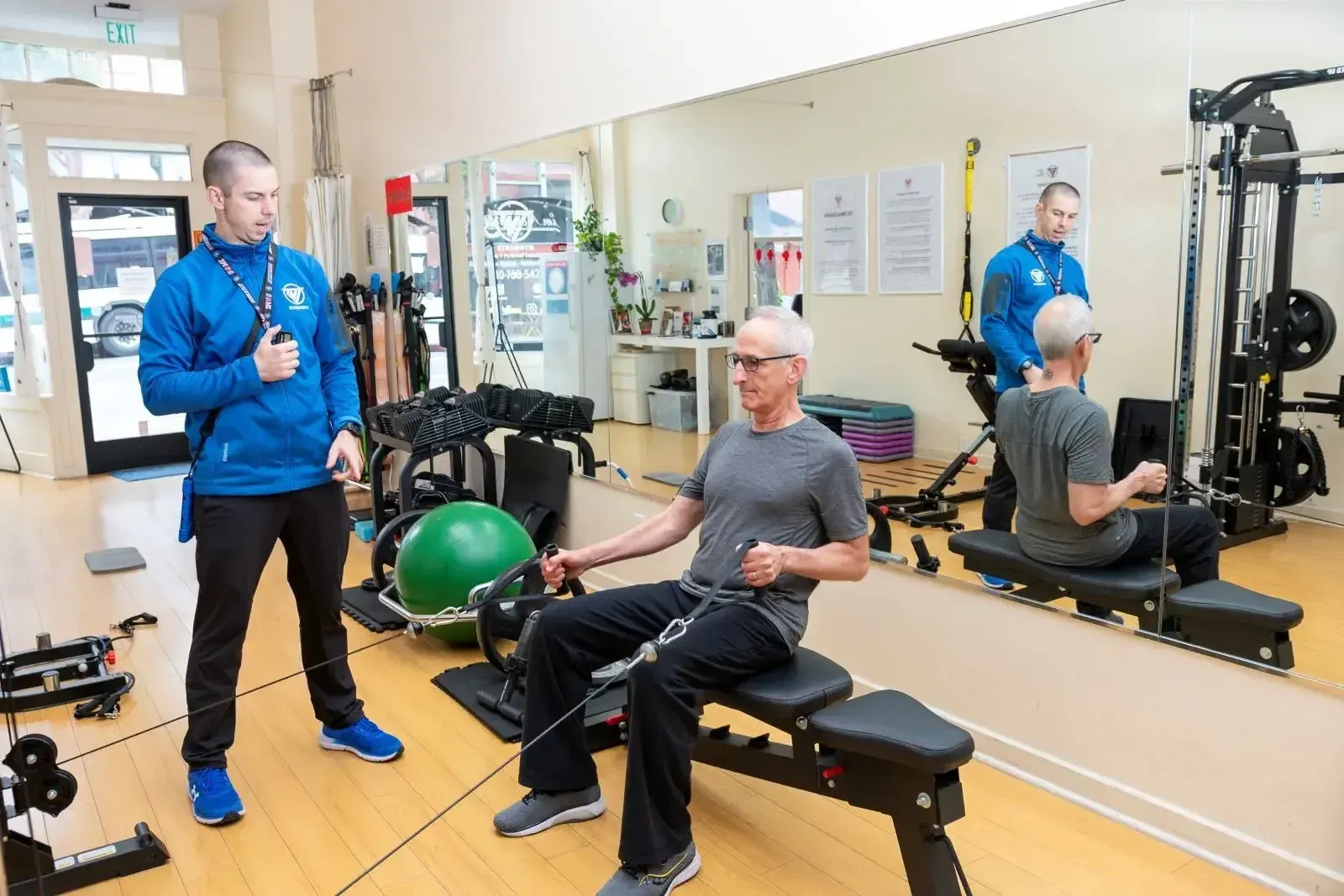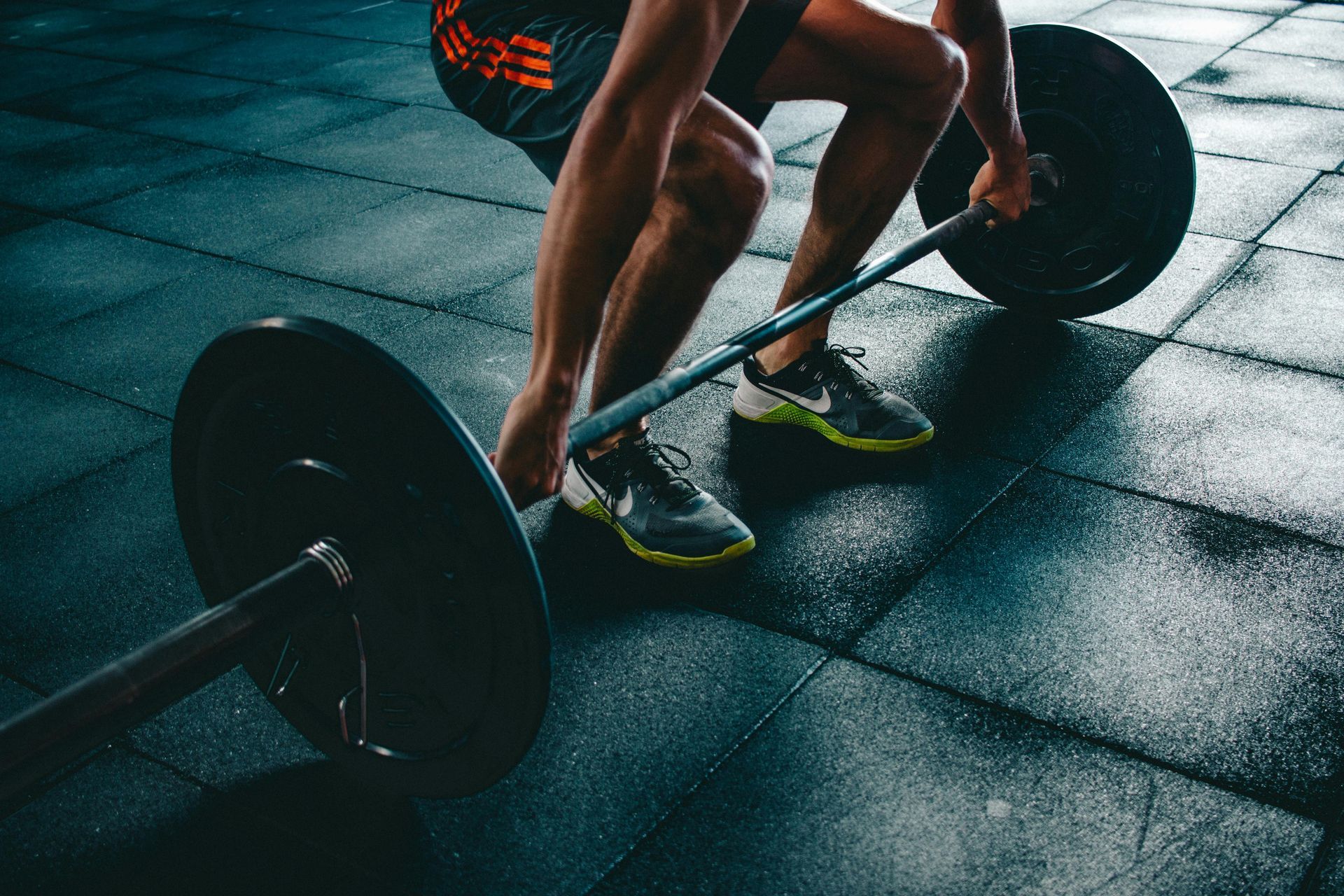There's No Such Thing as True "Muscle Isolation"
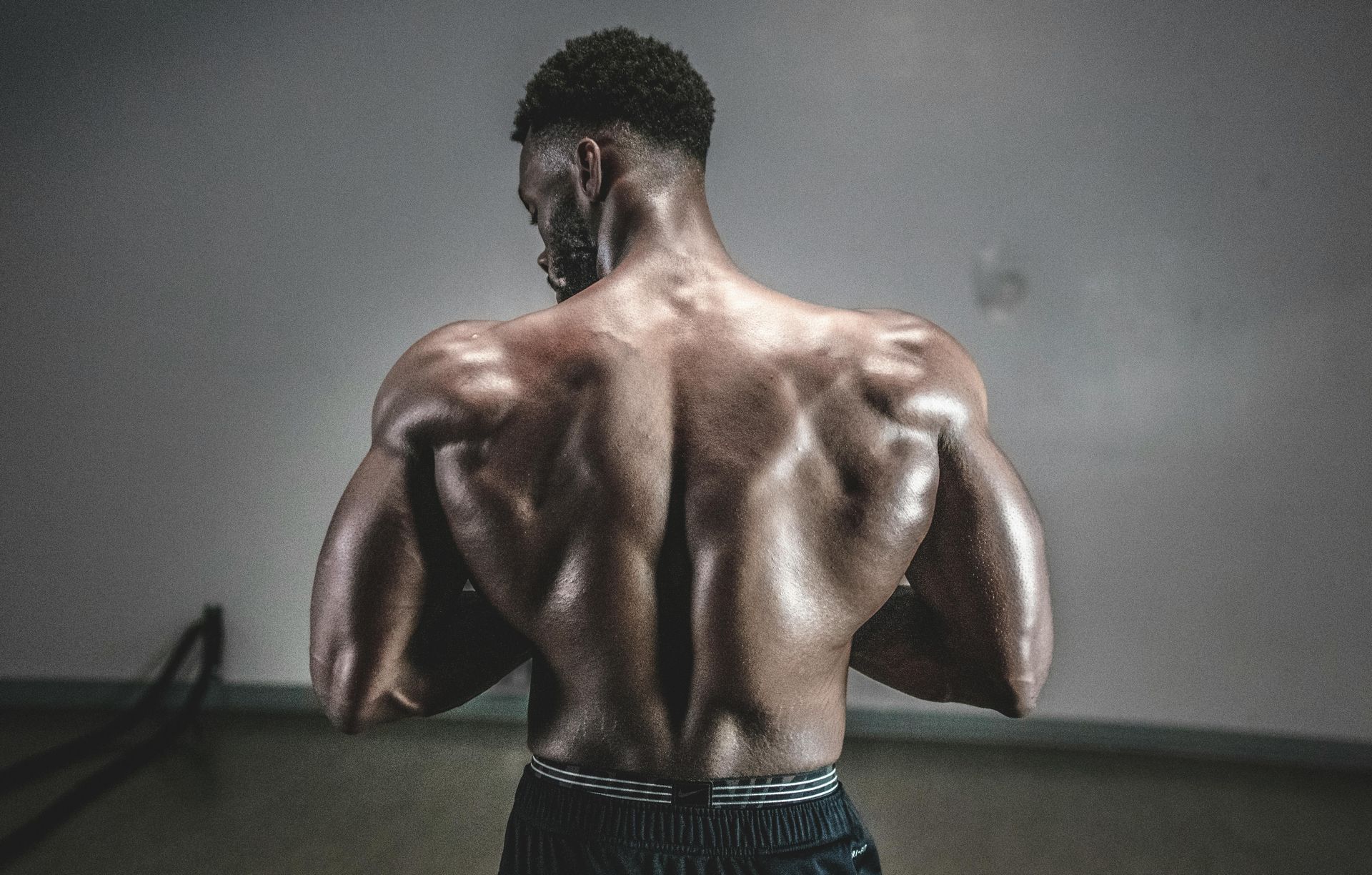
By Liam "TAKU" Bauer | Estimated reading time: 3–4 minutes
TL;DR: Stop chasing the myth that a machine or single-joint move "isolates" only one muscle. Even a supposedly isolated machine biceps curl recruits stabilizers, synergists, and even remote muscles through neural and mechanical demand. Use isolation movements for targeting and balance — but program them knowing the body always works as a team.
Listen — I get it. The promise of an "isolation" exercise is seductive: focus all the work on one stubborn muscle, fix a lagging part, get the pump, look better in a tee. But the body doesn't read marketing copy. Whether it's a seated machine biceps curl or a preacher curl on a fixed path, more than the target muscle lights up. That's not a design flaw — it's how humans move.
And here at TNT Strength Oakland , just minutes from Piedmont Avenue and Lake Merritt , we see this every day. New clients step into the studio, grab the handle on one of our precision MedX or Nautilus machines, and are surprised to learn that even their "biceps curl" demands coordination from shoulders, grip, and core. That's the beauty of efficient, evidence-based training — the body works as an integrated system.
Why "Isolation" Is Mostly a Coaching Shorthand, Not Biology
When you perform any resistance movement, the nervous system organizes a solution. Muscles that create the movement (prime movers) will work, sure — but so will:
- Synergists (muscles that assist the prime mover),
- Stabilizers (muscles that hold a joint or torso steady), and
- Antagonists (which co-contract to control movement and protect joint integrity).
Surface EMG studies (that record muscle electrical activity) show consistent activation of these supporting muscles even during single-joint exercises. For example, different curl grips change the levels of biceps, brachioradialis, and anterior deltoid activation — the deltoid works to stabilize the humeral head even during a curl. In short: even "biceps-only" curls ask the shoulder and forearm to help.
That's why, when clients train at TNT Strength Oakland , we emphasize control and full-range effort over chasing "muscle isolation." You're training movement patterns, not disconnected parts.
Neural and Mechanical Reasons This Happens
1. Joint stability matters. Joints want to be safe. Muscles around a joint fire to keep the joint in a safe position — especially under load. That's why you feel your shoulder or forearm during a "biceps" exercise.
2. Load transfer and muscle substitution. If the "target" muscle is fatigued or mechanically disadvantaged, the body shifts load to other muscles (a phenomenon observed after pre-exhaustion protocols). That's not cheating — it's survival.
3. Tool and technique change recruitment. Grip, angle, tempo, and equipment (bar, dumbbell, cable, machine) change the pattern of muscle activity. Same movement, different neuromuscular fingerprint.
So… Are Isolation Exercises Useless?
No. Far from it. Isolation movements are practical tools:
- For targeting a weak or underdeveloped muscle (provide more volume to a lagging muscle).
- For rehab and correcting imbalances when compound lifts aren't appropriate.
- For sculpting / aesthetic work and fine-tuning.
But treat them as targeted team practice, not magical single-player drills.
At TNT Strength, whether you're an Oakland professional , a Piedmont parent , or a Bay Area athlete training for longevity, we teach you how to get the most out of every repetition — safely, efficiently, and effectively. Even so-called "isolation" work is part of a bigger system designed for whole-body strength and resilience.
Practical Coaching Takeaways (TNT-Style)
- Use isolation moves intentionally — to add volume for a muscle that needs it, to pre-activate before a compound lift when appropriate, or to address imbalances.
- Don't expect zero contribution from other muscles — and don't try to "cheat" the system by blaming a machine when your form or programming is off.
- Change grips/angles and you'll change the muscle synergy — use that to your advantage.
- Program isolation after or alongside compounds depending on recovery and priority (priority muscles first if they're the main goal for the session).
If you're in Oakland , Piedmont , or anywhere in the East Bay , stop by TNT Strength and experience how efficient, evidence-based strength training feels when your entire body works as one powerful unit. There's beauty in the team sport that is your body. Use machines and single-joint moves — they're useful — but stop treating them like solo artists. Train the whole system, and the parts will show up looking better than they ever tried to on their own.
— Liam "TAKU" Bauer, TNT Strength Oakland
Frequently Asked Questions
Q: If isolation isn't pure, why do machines make a difference?
A: Machines reduce degrees of freedom and can limit unwanted momentum, making it easier to overload a target muscle safely. They don't eliminate other muscle activity — they just change the distribution of demand.
Q: Should I stop doing isolation exercises entirely?
A: No. Use them smartly. Compound movements build the foundation; isolation movements fill in the details.
Q: Does EMG mean we can measure hypertrophy potential directly?
A: EMG shows relative activation but it's not a perfect predictor of long-term hypertrophy. Volume, tension, and progressive overload still rule. EMG helps explain how muscles are being recruited acutely, not destiny for gains.
Q: Any quick programming tip?
A: If a muscle is lagging, start a session with compound lifts and then add 2–3 focused isolation sets for that muscle, tracking volume — that extra team practice adds up.
References
- Coratella G, Marcolin G, et al. Biceps Brachii and Brachioradialis Excitation in Biceps Curl Exercise: Different Handgrips, Different Synergy. Sports (MDPI). 2023.
- Trindade TB, et al. Pre-exhaustion Training, a Narrative Review of the Acute Responses and Chronic Adaptations. Frontiers in Sports and Active Living / PMC. 2022.
- Schoenfeld BJ, et al. Resistance Training Recommendations to Maximize Muscle Hypertrophy in an Athletic Population: Position Stand of the IUSCA. Journal of Strength and Conditioning Research, 2021.
Experience the TNT Strength difference with a free workout.
START YOUR FITNESS TRANSFORMATION WITH A
FREE WORKOUT
Complete the form and we'll set up an appointment for you.

